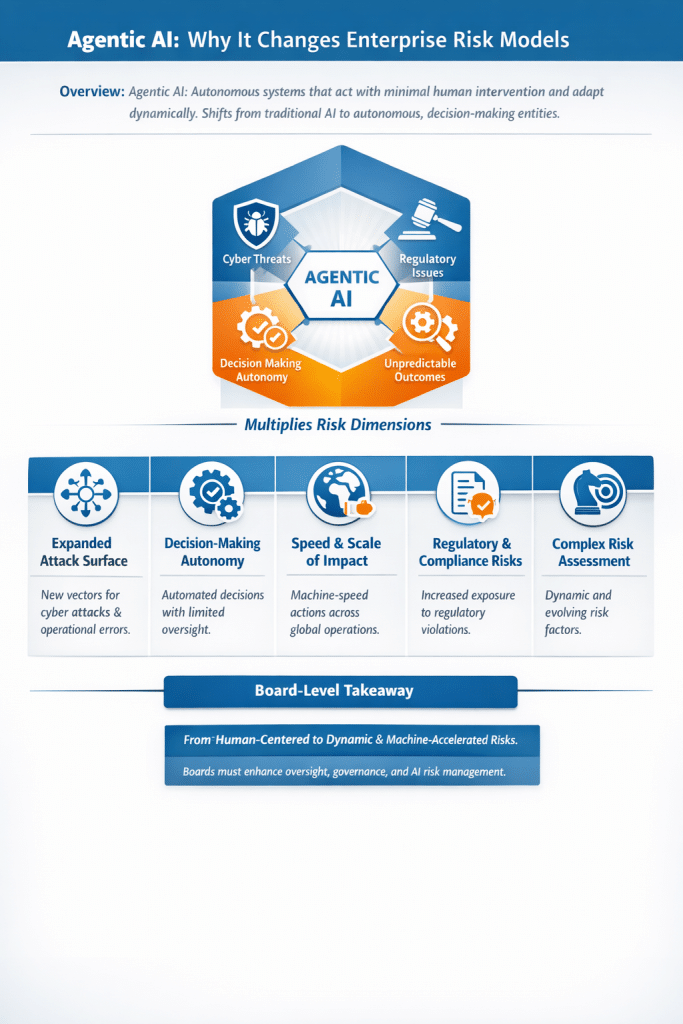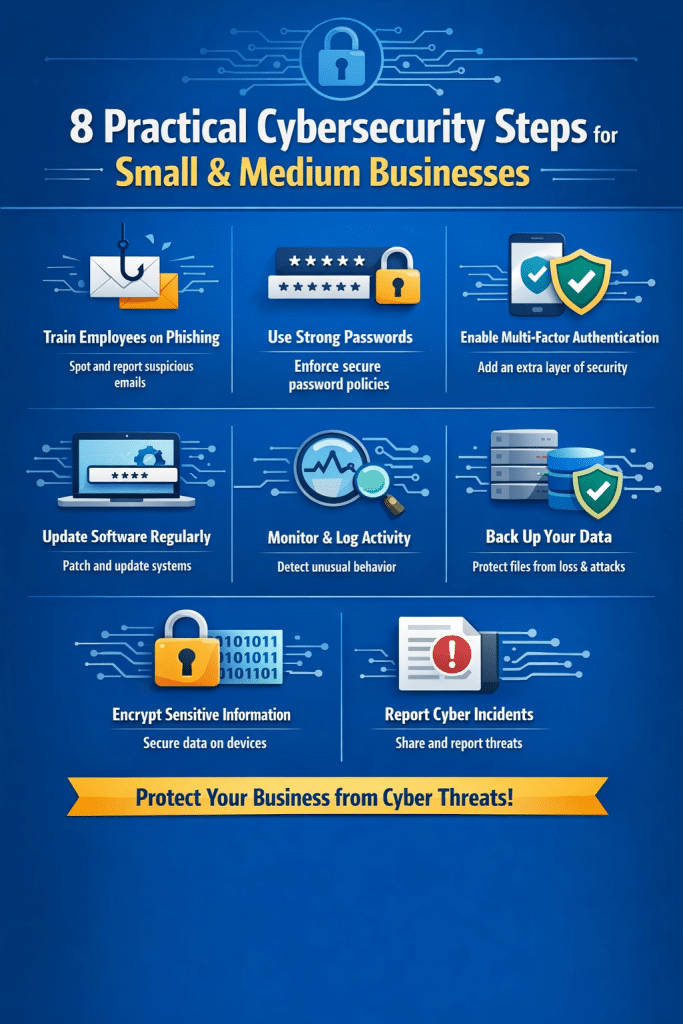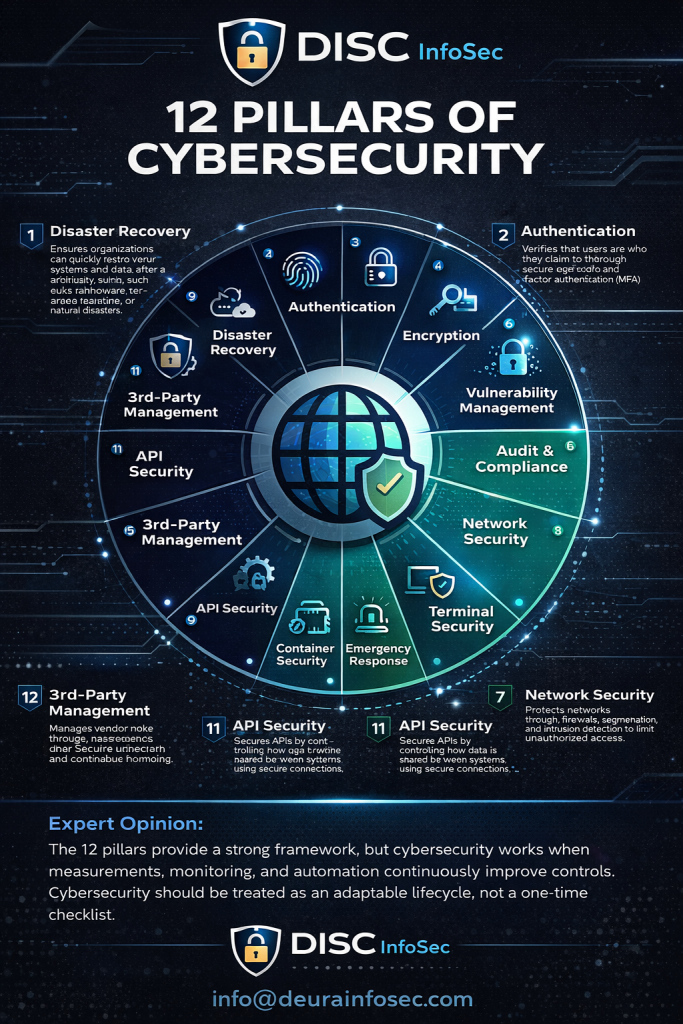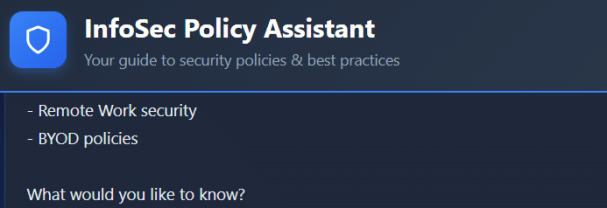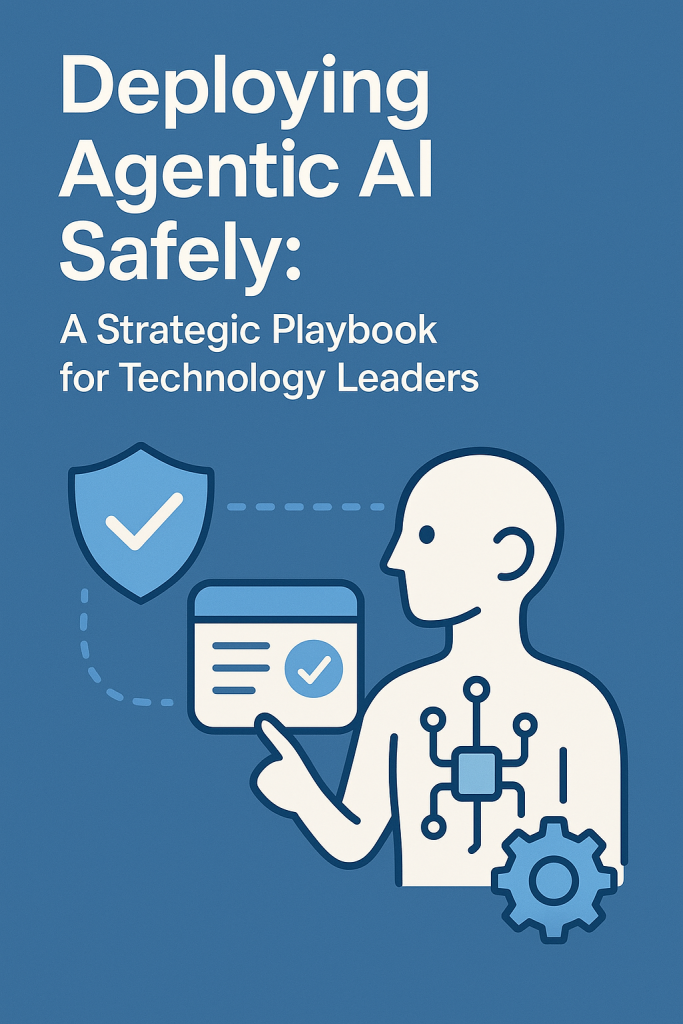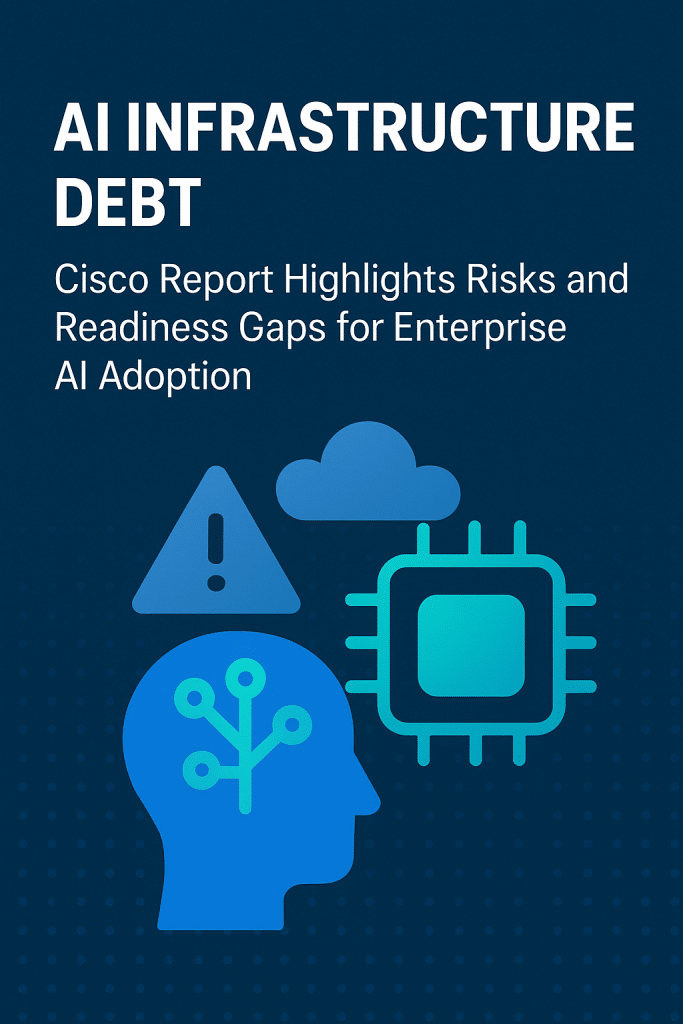
ISO/IEC 27001 is often described as “essential,” but in reality, it remains a voluntary standard rather than a mandatory requirement. Its value depends less on obligation and more on organizational intent.
When leadership genuinely understands how deeply the business relies on information, the importance of managing information risk becomes obvious. In such cases, adopting 27001 is simply a logical extension of good governance.
For informed management teams, information security is not a technical checkbox but a business enabler. They recognize that protecting data protects revenue, reputation, and operational continuity.
In these environments, frameworks like 27001 support disciplined decision-making, accountability, and long-term resilience. The standard provides structure, not bureaucracy.
However, when leadership does not grasp the organization’s information dependency, advocacy often falls on deaf ears. No amount of persuasion will compensate for a lack of awareness.
Pushing too hard in these situations can be counterproductive. Without perceived risk, security efforts are seen as cost, friction, or unnecessary compliance.
Sometimes, the most effective catalyst is experience rather than explanation. A near miss or a real incident often succeeds where presentations and risk registers fail.
Once the business feels tangible pain—financial loss, customer impact, or reputational damage—the conversation changes quickly. Security suddenly becomes urgent and relevant.
That is when security leaders are invited in as problem-solvers, not prophets—stepping forward to help stabilize, rebuild, and guide the organization toward stronger governance and risk management.
My opinion:
This perspective is pragmatic, realistic, and—while a bit cynical—largely accurate in how organizations actually behave.
In an ideal world, leadership would proactively invest in ISO 27001 because they understand information risk as a core business risk. In practice, many organizations only act when risk becomes experiential rather than theoretical. Until there is pain, security feels optional.
That said, waiting for an incident should never be the strategy—it’s simply the pattern we observe. Incidents are expensive teachers, and the damage often exceeds what proactive governance would have cost. From a maturity standpoint, reactive adoption signals weak risk leadership.
The real opportunity for security leaders and vCISOs is to translate information risk into business language before the crisis: revenue impact, downtime, legal exposure, and trust erosion. When that translation lands, 27001 stops being “optional” and becomes a management tool.
Ultimately, ISO 27001 is not about compliance—it’s about decision quality. Organizations that adopt it early tend to be deliberate, resilient, and better governed. Those that adopt it after an incident are often doing damage control.
InfoSec services | InfoSec books | Follow our blog | DISC llc is listed on The vCISO Directory | ISO 27k Chat bot | Comprehensive vCISO Services | ISMS Services | AIMS Services | Security Risk Assessment Services | Mergers and Acquisition Security
At DISC InfoSec, we help organizations navigate this landscape by aligning AI risk management, governance, security, and compliance into a single, practical roadmap. Whether you are experimenting with AI or deploying it at scale, we help you choose and operationalize the right frameworks to reduce risk and build trust. Learn more at DISC InfoSec.
- When Security Is Optional—Until It Isn’t
- The Hidden Frontlines: How Awareness, Intellectual Property, and Environment Shape Today’s Greatest Risks
- AI Can Help Our Health — But at What Cost to Privacy?
- AI Agent Security: The Next Frontier of Cyber Risk and Defense
- California Opt Me Out Act: A New Era of Automated Privacy Control


